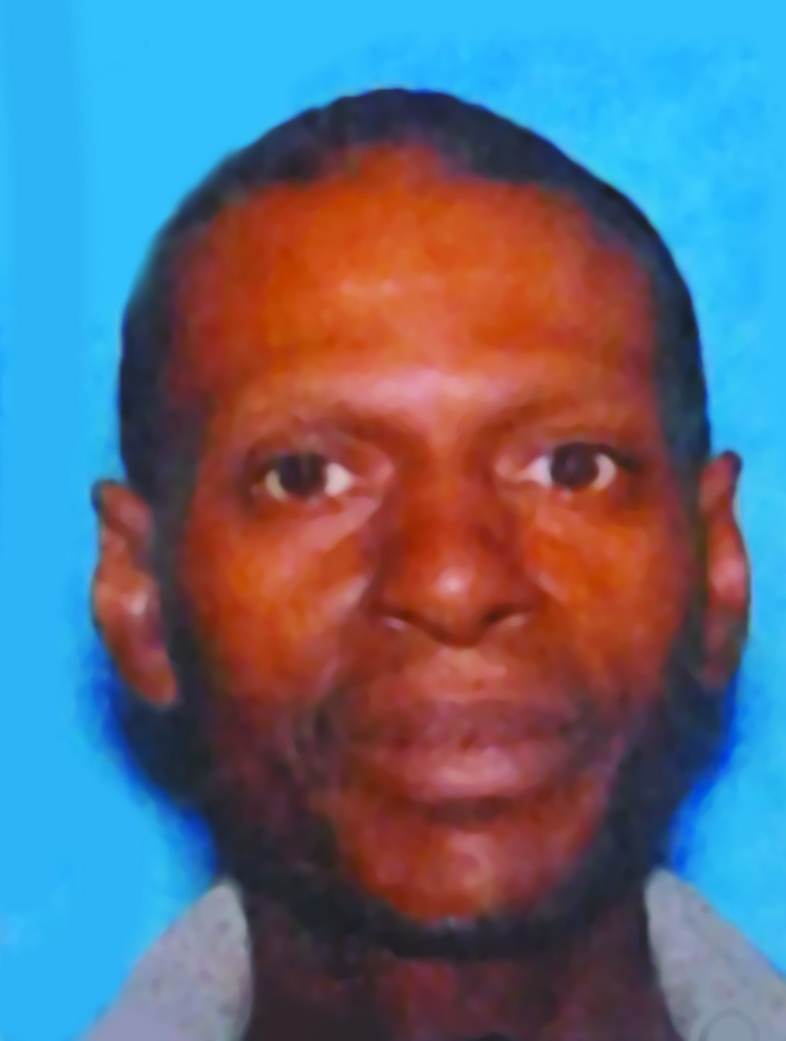In recent years, there has been more and more talk about the possibility of an HIV cure. Seattle’s own Timothy Ray Brown, who moved to Germany and became known as the “Berlin patient,” ignited hope after being treated for leukemia with a bone marrow transplant that also seems to have permanently eradicated HIV from his body.
Such a cure, however, would be near impossible to replicate on a large scale; A bone marrow transplant is expensive, risky and curative in Brown’s case only because he was transplanted with cells that contained a rare mutation making them resistant to HIV.
What a “cure” means for the masses, at least in the near future, might look very different. It might actually be but a temporary eradication of virus.
That was the startling prediction that emerged last night in a community Q&A with visiting scientist Robert Siliciano that I was asked to host. Siliciano, a professor of molecular biology and genetics at Johns Hopkins University and one of the world’s leading researchers on HIV, was in town for a meeting today with colleagues at the Fred Hutchinson Cancer Research Center. Before doing so, he agreed to a request from several HIV groups to answer questions from the broader community—a packed house, as it turned out, in a meeting room of the downtown YWCA.
Siliciano stressed that these are early days for cure research, akin to the beginning phases of research on what eventually turned out to be amazingly effective antiretroviral drug therapy. Groups of scientists around the country are experimenting with different approaches. Fred Hutchinson, for instance, is working on gene therapy. Siliciano’s own lab, which he runs with his wife Janet, has been working on a so-called “kick and kill” strategy that would activate and hopefully destroy latent HIV in the body.
He conceded last night, however, that early results of the kick-and-kill approach have been less than celebratory. (See, for instance, this study published a few months ago.) The virus was reduced but able to come back.
Similiarly, HIV returned in two Bostonn paitents who, like Brown, received bone marrow transplants but without the immune cells. One lasted 12 weeks, the other 32, without antiretroviral treatment before the virus came back. (The reappearnance of HIV was particularly troubling for one patient because he was then resistant to the drug he had been using–”a disaster,” Siliciano said– and had to find another regimen, according to the scientist.)
And something like that, he went on to say, could be what we’re likely to see with a beginning “cure:” HIV would become undetectable for weeks or months or years, but would eventually return.
And here’s one of the biggest problems: You wouldn’t necessarily know when it would return, he said. Scientists don’t know how to monitor that yet. So, conceivably, a person whose HIV has returned could pass on the virus to a sexual partner or, in the case of a woman, a baby.
Is this a risk worth taking? That’s what scientists and HIV positive individuals will likely have to weigh, measured against the known quantity of antiretroviral treatment, which is one of science’s biggest success stories. As detailed in last year’s SW cover story on a woman who has grown up with HIV and is now the mother of two, many people can now take a pill a day to render the virus undetectable and prevent transmission to their lovers and children.
It’s still a burden to take those pills for the rest of one’s life and they don’t work for everyone, Siliciano pointed out last night, explaining why he was nevertheless revved up about the search for a cure. But his remarks made clear that one is far from around the corner, and ambiguous as to what it will look like.








